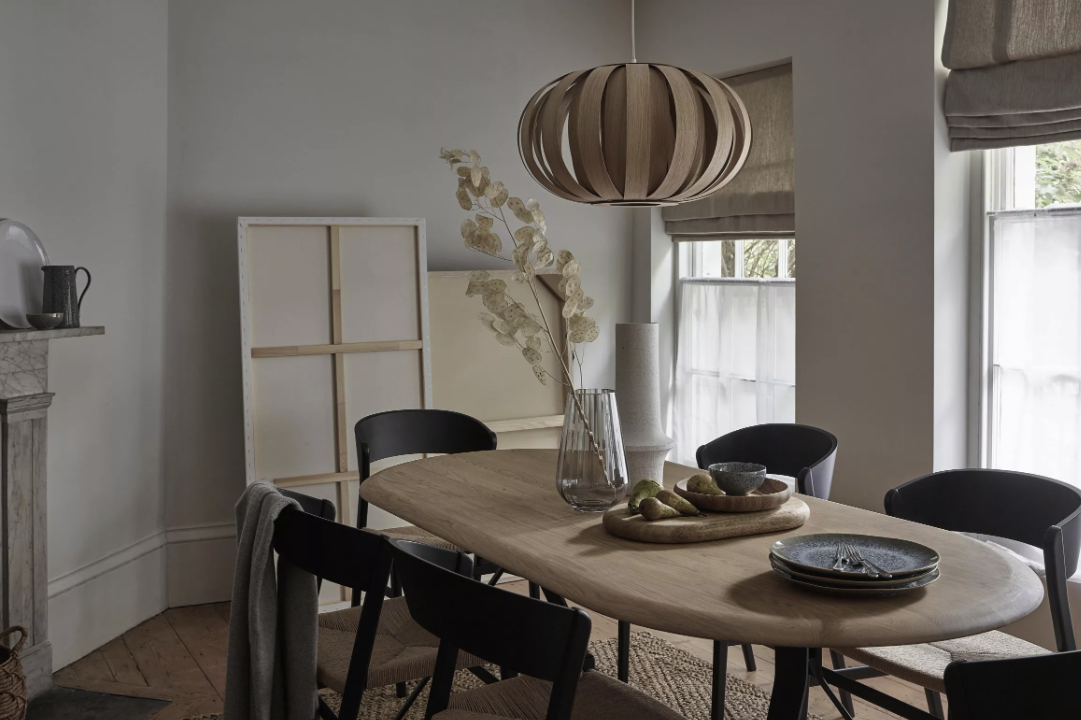In recent years, wooden lighting fixtures have surged in popularity within the realm of interior design, marking a significant shift towards more organic and natural materials. This trend can be attributed to a growing appreciation for sustainability and the desire to create warm, inviting spaces that reflect a connection to nature. Designers and homeowners alike are increasingly drawn to the unique textures and tones that wood can bring to a room, making it a favored choice for lighting solutions.
The rise of wooden lighting is not merely a fleeting trend; it represents a broader movement towards biophilic design, which emphasizes the integration of natural elements into built environments. The versatility of wood as a material allows for a wide range of styles, from rustic to modern, ensuring that wooden lighting can complement various design aesthetics. As consumers become more discerning about their choices, they seek out pieces that not only serve a functional purpose but also contribute to the overall aesthetic of their homes.
This has led to an explosion of creativity among designers who are experimenting with different types of wood, finishes, and forms to create stunning lighting fixtures that stand out as works of art. The rise of wooden lighting is indicative of a larger cultural shift towards valuing craftsmanship and authenticity in home decor.
The Beauty of Natural Wood in Illumination
The Magic of Illumination
When illuminated, these natural features come alive, casting intricate shadows and creating a warm glow that enhances the ambiance of any space.
Aesthetic Balance
The interplay between light Oritza and wood can transform a simple fixture into a captivating focal point, drawing the eye and inviting admiration. Moreover, the warmth of wood contrasts beautifully with cooler materials like metal or glass, creating a balanced aesthetic that appeals to many design sensibilities. For instance, a wooden pendant light hanging over a sleek kitchen island can soften the overall look while adding an element of warmth that makes the space feel more inviting.
Tactile Experience
The tactile quality of wood also invites interaction; people are naturally drawn to touch and feel the texture of wooden fixtures, further enhancing their connection to the space. This sensory experience is an essential aspect of interior design that wooden lighting captures exceptionally well.
Innovative Designs and Techniques in Wooden Lighting
The world of wooden lighting is characterized by innovation and creativity, with designers continually pushing the boundaries of what is possible with this versatile material. One notable trend is the use of laser-cut technology to create intricate patterns and designs in wooden lampshades. This technique allows for precise detailing that can transform a simple piece of wood into an elaborate work of art.
When illuminated, these designs cast beautiful patterns on surrounding surfaces, adding an extra layer of visual interest to the room. Another innovative approach involves combining wood with other materials to create hybrid lighting solutions. For example, designers may pair wooden elements with glass or metal components to achieve a striking contrast that highlights the beauty of both materials.
This fusion not only enhances the aesthetic appeal but also allows for greater functionality. Adjustable wooden sconces or pendant lights with integrated LED technology exemplify how modern design techniques can elevate traditional materials like wood into contemporary lighting solutions that meet the demands of today’s lifestyles.
The Versatility of Wooden Lighting in Different Spaces
Wooden lighting fixtures are remarkably versatile, making them suitable for various spaces within a home or commercial environment. In living rooms, large wooden chandeliers can serve as statement pieces that anchor the room while providing ample illumination for gatherings and relaxation. The natural warmth of wood creates an inviting atmosphere that encourages social interaction and comfort.
Similarly, floor lamps with wooden bases can add height and dimension to a space while maintaining a cohesive design language. In more intimate settings like bedrooms or reading nooks, smaller wooden table lamps or wall sconces can provide focused light while contributing to the overall decor. The soft glow emitted by these fixtures can create a serene environment conducive to rest and relaxation.
Additionally, wooden lighting is increasingly being used in commercial spaces such as restaurants and boutiques, where it can enhance the overall ambiance and create a memorable experience for customers. The adaptability of wooden lighting makes it an excellent choice for any setting, seamlessly blending functionality with aesthetic appeal.
Sustainable and Eco-Friendly Aspects of Wooden Lighting
As environmental concerns continue to shape consumer preferences, the sustainable aspects of wooden lighting have become increasingly important. Many designers prioritize sourcing wood from responsibly managed forests or utilizing reclaimed wood in their creations. This commitment to sustainability not only reduces the environmental impact associated with deforestation but also adds a unique story to each piece.
Reclaimed wood often carries historical significance or character that new materials simply cannot replicate. Furthermore, wooden lighting fixtures often utilize energy-efficient LED bulbs, which significantly reduce energy consumption compared to traditional incandescent options. This combination of sustainable materials and energy-efficient technology aligns with the values of eco-conscious consumers who seek to minimize their carbon footprint while still enjoying beautiful design elements in their homes.
By choosing wooden lighting, individuals can make a positive impact on the environment without sacrificing style or quality.
How Wooden Lighting Enhances the Ambiance of a Room
The ambiance of a room is profoundly influenced by its lighting, and wooden fixtures play a crucial role in creating a warm and inviting atmosphere. The soft glow emitted by wooden lamps can evoke feelings of comfort and tranquility, making spaces feel more welcoming. Unlike harsh fluorescent lights that can create an uninviting environment, wooden lighting provides a gentle illumination that enhances the overall mood of a room.
Moreover, the design of wooden fixtures often incorporates elements that diffuse light effectively, allowing for an even distribution throughout the space. This thoughtful approach ensures that areas are well-lit without being overwhelming. For instance, pendant lights with wooden shades can soften direct light while casting beautiful patterns on walls and ceilings, creating an enchanting effect that transforms the room into a cozy retreat.
The ability of wooden lighting to enhance ambiance makes it an essential consideration for anyone looking to elevate their interior design.
The Influence of Nature and Organic Forms in Wooden Lighting Designs
The influence of nature is evident in many contemporary wooden lighting designs, where organic forms take center stage. Designers often draw inspiration from natural shapes found in trees, leaves, and other elements of the environment when creating their pieces. This connection to nature not only reflects current design trends but also resonates with individuals seeking to bring elements of the outdoors into their homes.
For example, some designers craft lighting fixtures that mimic the silhouette of branches or leaves, creating an ethereal quality that evokes a sense of tranquility and harmony with nature. These organic forms can serve as conversation starters while also providing functional illumination. Additionally, incorporating natural finishes such as live edges or bark textures further enhances this connection to nature, allowing homeowners to experience the beauty of the outdoors within their interiors.
Tips for Choosing the Perfect Wooden Lighting for Your Home
Selecting the ideal wooden lighting fixture for your home involves considering several factors to ensure it complements your overall design aesthetic while meeting your functional needs. First and foremost, assess the scale of your space; larger rooms may benefit from statement chandeliers or oversized floor lamps that draw attention and provide ample light. Conversely, smaller spaces may require more delicate fixtures that do not overwhelm the area.
Next, consider the type of wood and finish that best suits your decor style. Lighter woods like maple or birch can lend a contemporary feel, while darker woods such as walnut or mahogany may evoke a more traditional ambiance. Additionally, think about how the fixture will interact with existing colors and materials in your space; choosing complementary tones can create a cohesive look throughout your home.
Finally, pay attention to functionality; consider whether you need adjustable lighting options for tasks such as reading or cooking. Fixtures with dimming capabilities can also enhance versatility by allowing you to adjust brightness levels according to different activities or moods. By thoughtfully considering these aspects when choosing wooden lighting, you can ensure that your selection not only enhances your home’s aesthetic but also serves its intended purpose effectively.

